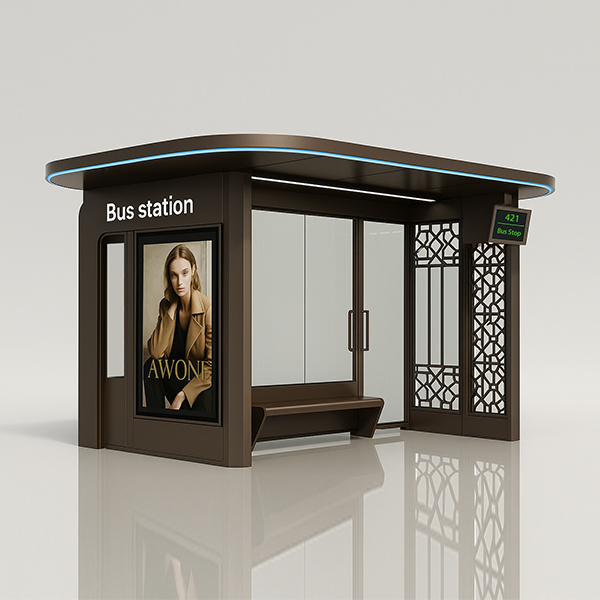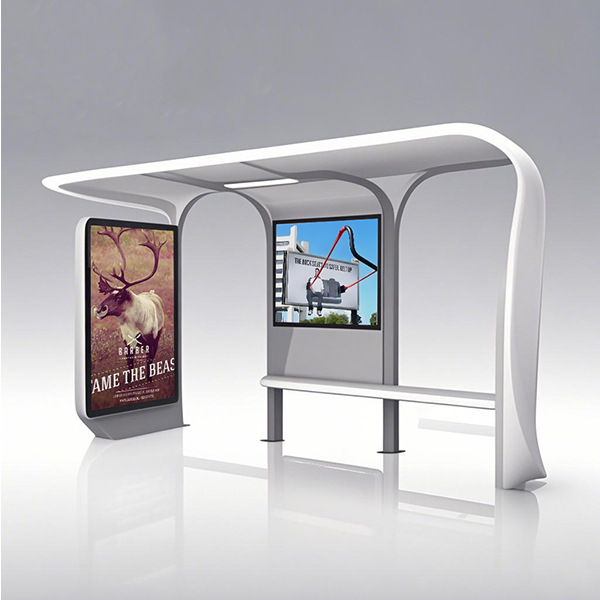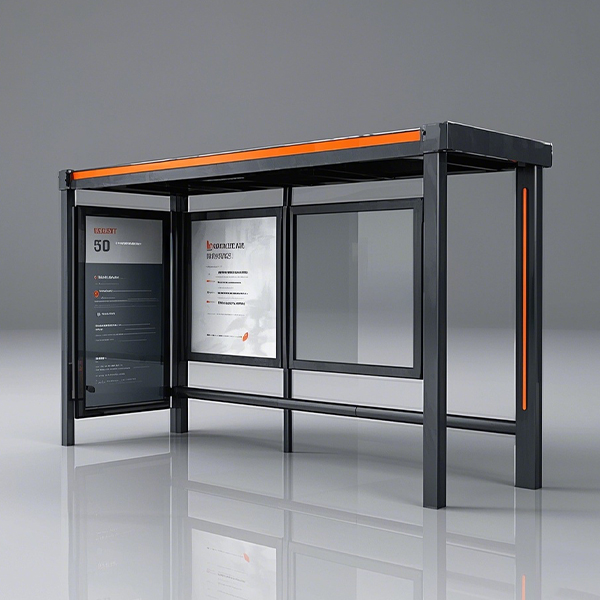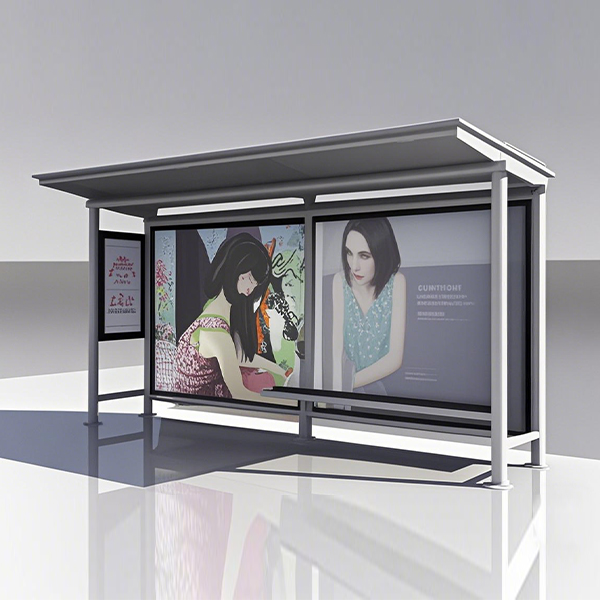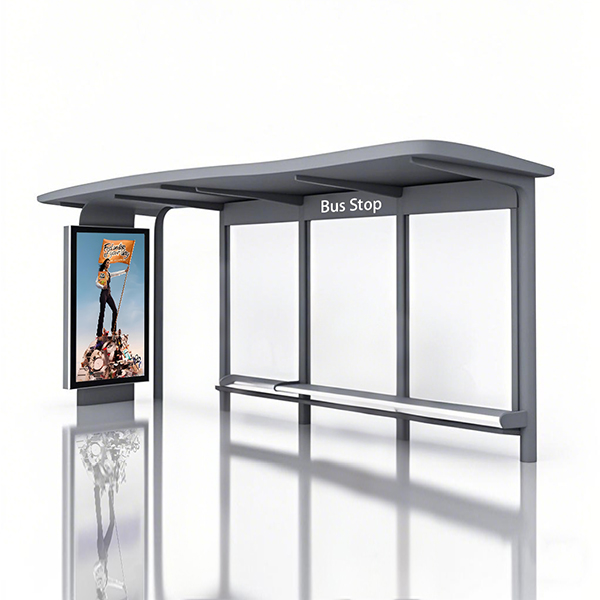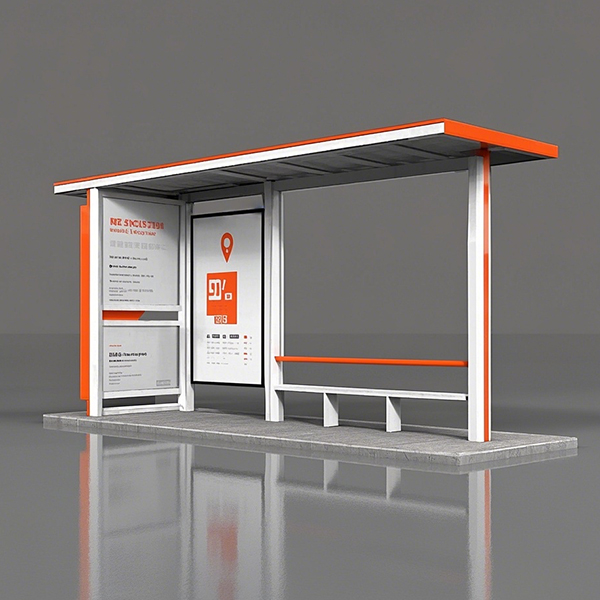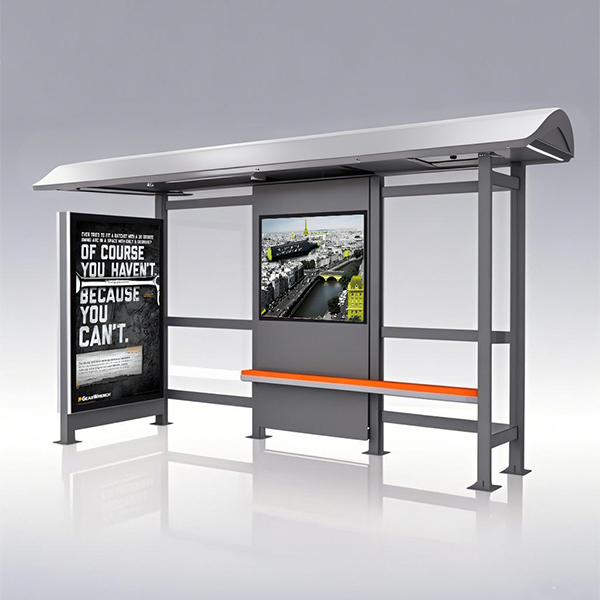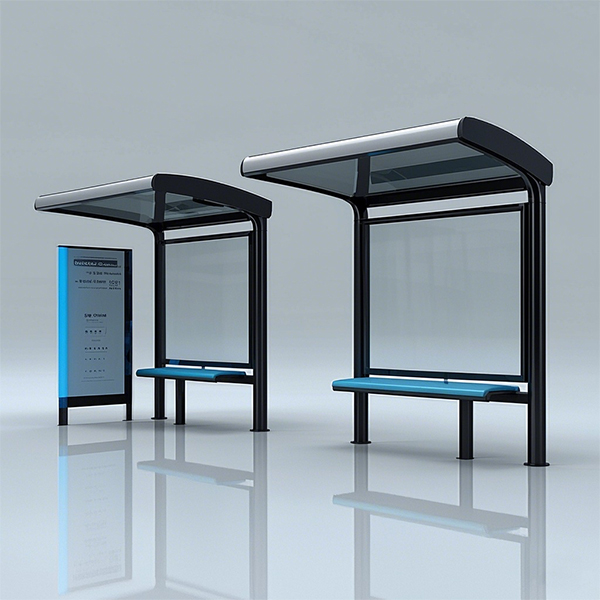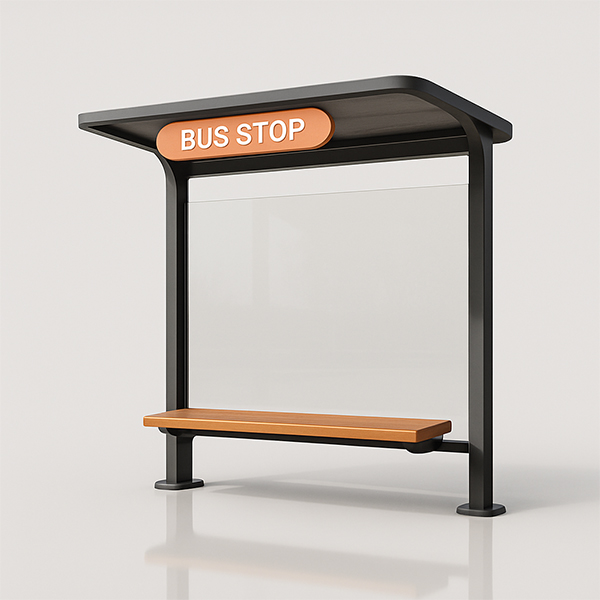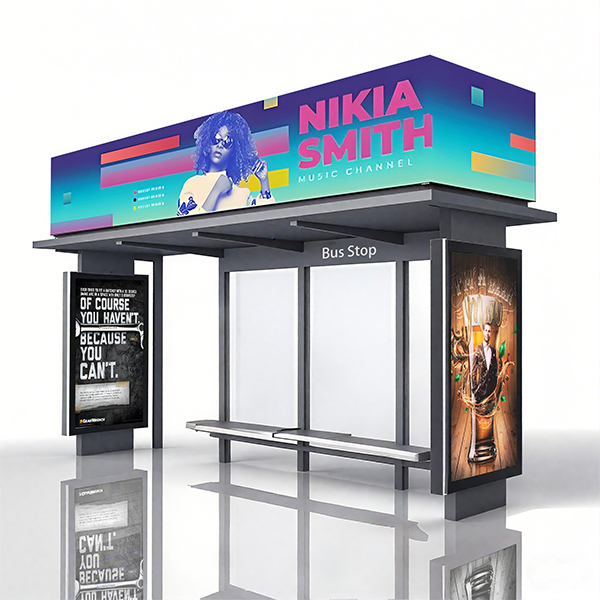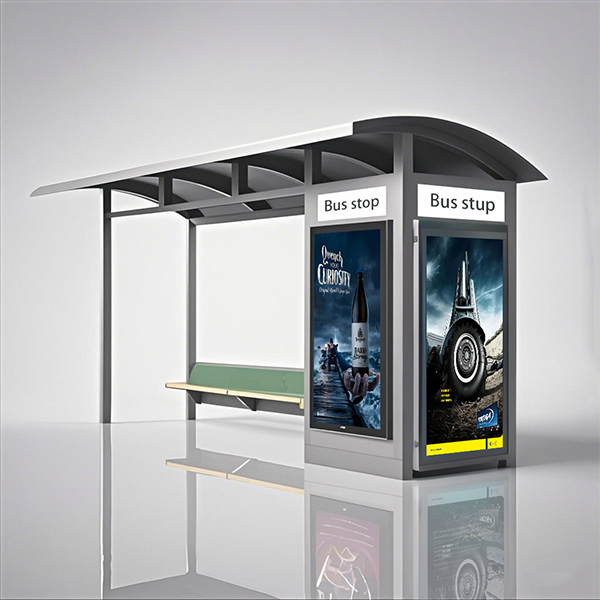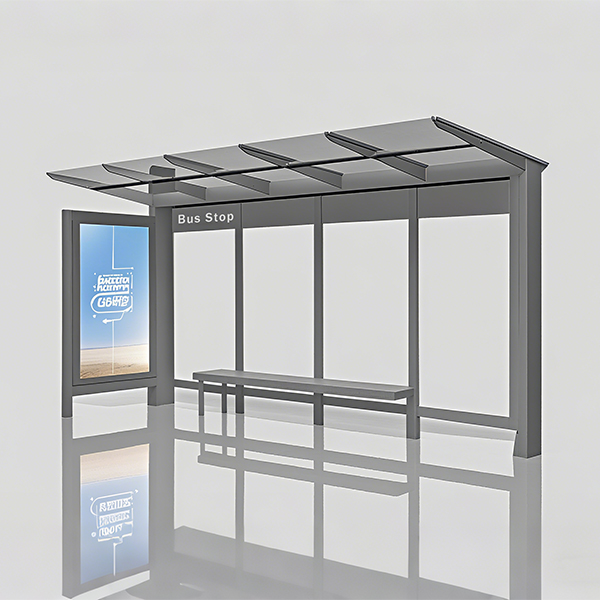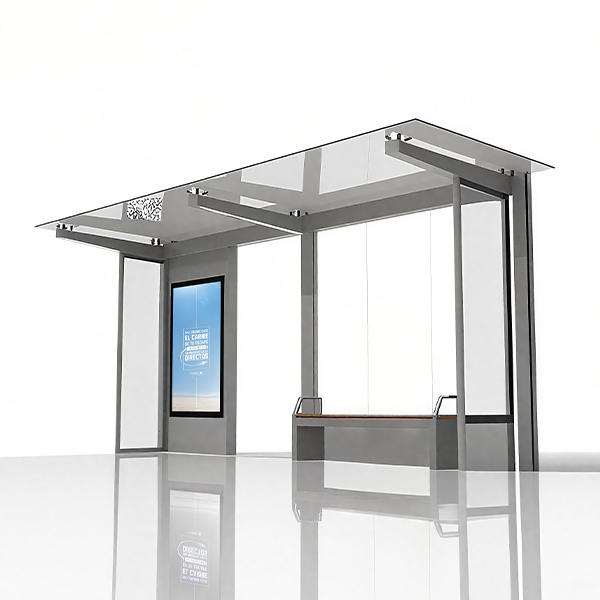
Bus Stop Shelter
This guide explores everything you need to know about bus stop shelters, from their design and construction to their importance in public transportation and community safety. We'll cover various shelter types, materials, features, and considerations for effective implementation.
Types of Bus Stop Shelters
Traditional Shelters
Traditional bus stop shelters are often made from simple materials like metal and glass, providing basic protection from the elements. These shelters are widely available and relatively inexpensive but may lack advanced features.
Modern Shelters
Modern designs incorporate sustainable materials, advanced technologies, and improved aesthetics. Many now feature solar panels for lighting, digital displays for real-time information, and integrated security systems. Companies like Shandong Luyi Public Facilities Co., Ltd. (https://www.luyismart.com/) are at the forefront of innovation in this area, offering a wide range of high-quality bus stop shelters.
Smart Shelters
Smart bus stop shelters leverage technology to enhance passenger experience and efficiency. Features may include Wi-Fi hotspots, USB charging ports, interactive screens displaying schedules and advertising, and even integrated air conditioning or heating systems in specific climates. These advanced shelters contribute to a more comfortable and informed public transportation experience.
Materials Used in Bus Stop Shelter Construction
The choice of materials significantly impacts the shelter's durability, cost, and aesthetic appeal. Common materials include:
- Steel: Durable and strong, but susceptible to corrosion.
- Aluminum: Lightweight and corrosion-resistant, but can be more expensive.
- Glass: Provides excellent visibility but can be fragile.
- Concrete: Robust and long-lasting, but can be heavy and expensive.
- Wood: Offers a natural aesthetic but requires regular maintenance.
- Composite materials: Offer a combination of strength, durability, and aesthetic appeal.
Key Features and Considerations
When selecting or designing a bus stop shelter, several crucial features should be considered:
- Durability and longevity
- Weather protection (rain, snow, sun)
- Safety and security (lighting, visibility, vandal resistance)
- Accessibility (ADA compliance)
- Aesthetics and integration with the surrounding environment
- Maintenance requirements
The Importance of Bus Stop Shelters
Bus stop shelters are more than just simple structures. They play a vital role in providing:
- Passenger comfort and safety
- Improved public transportation efficiency
- Enhanced community aesthetics
- Opportunities for advertising and information dissemination
Choosing the Right Bus Stop Shelter
The best type of bus stop shelter depends on several factors, including budget, location, climate, and passenger needs. Consulting with experienced providers like Shandong Luyi Public Facilities Co., Ltd. (https://www.luyismart.com/) can ensure you choose a shelter that meets your specific requirements.
Maintenance and Upkeep
Regular maintenance is crucial for ensuring the longevity and functionality of a bus stop shelter. This includes cleaning, minor repairs, and periodic inspections to identify potential problems before they become major issues.
| Feature | Traditional Shelter | Modern Shelter | Smart Shelter |
|---|---|---|---|
| Cost | Low | Medium | High |
| Technology | Basic | Advanced lighting, materials | Digital displays, Wi-Fi, charging |
| Maintenance | Low | Moderate | Higher |
This information is for general guidance only. Specific requirements and regulations may vary depending on location and jurisdiction. Always consult local authorities and relevant standards when planning and installing bus stop shelters.
Соответствующая продукция
Соответствующая продукция







